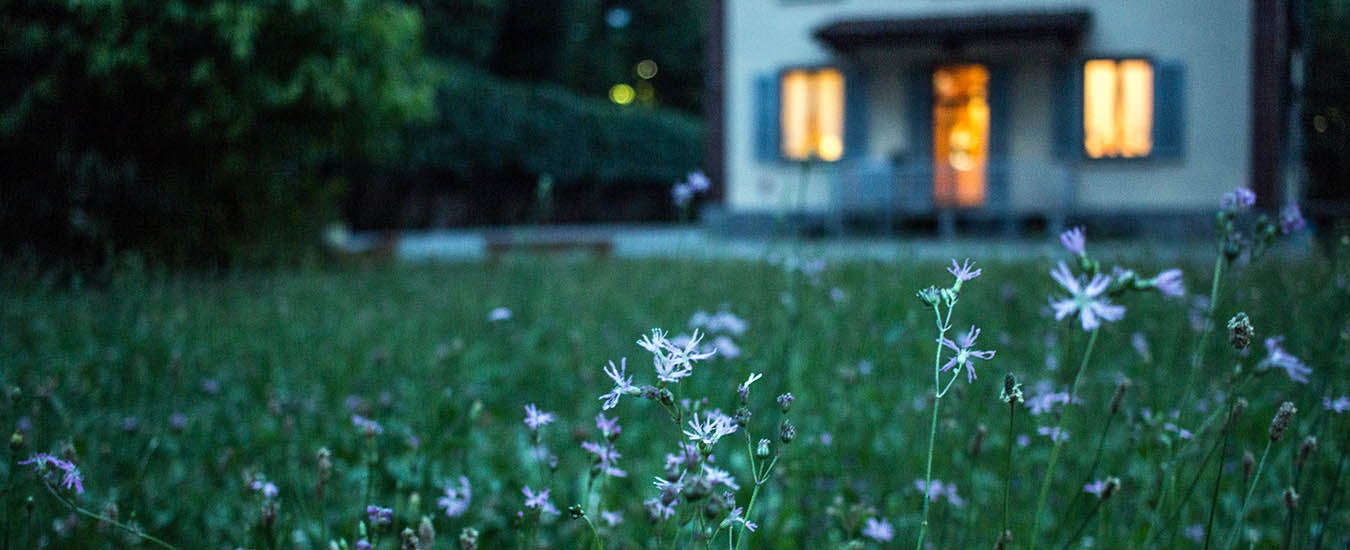Which is the best strategy—contributing to an RRSP or paying down your mortgage?
The issue of mortgages often arises during RRSP season. Is it better to pay down the mortgage or put the money into an RRSP? What about using the RRSP to help buy or build a home? Does borrowing money to put into the RRSP, and using the tax refund for the mortgage, make sense?
When it comes to paying down the mortgage or investing the money, financial advisors often recommend making as large a contribution as possible to the RRSP, which generally means a tax refund. Using the refund to pay down the mortgage reduces your debt load while enhancing retirement savings. However, the decision to either pay down the mortgage or invest in an RRSP rests on many factors: your current mortgage, the outstanding principal and so on.
Here's an example using the Empire Life online calculator:
Current mortgage rate: 8%
Outstanding principal: $100,000
Monthly mortgage payments: $750
Expected rate of return on your RRSP: 4%
Lump sum payment: $5,000
Marginal tax rate: 30%

The calculator reports that a $5,000 mortgage payment would decrease the mortgage by roughly $27,000: it would take about 22 years rather than 25 years to pay it down. Over 22 years, at a four per cent return, $5,000 in an RRSP would accumulate to just under $12,000. Based on these calculations, you would be better off paying down the mortgage.
If you do the math again, using a higher rate of return on the RRSP-say six per cent-the accumulated investment rises, but not enough: you're still better off paying down the mortgage. Using an RRSP return of eight per cent, it's advantageous to invest in the RRSP, rather than pay down the mortgage. But given the current market, who knows what rate of return you'll be getting next year, let alone 15 years from now?
For the most part, a house is a more stable investment during rocky stock markets. However, if you don't have the money for a down payment, by the time you have saved the amount you need, it is likely housing prices will have gone up. Under the Home Buyers' Plan, a federal incentive program that began in 1992, a first-time homebuyer can withdraw funds from an RRSP, with no tax penalty, to use as a down payment. The larger down payment reduces the size of the loan required for the mortgage, which in turn reduces the total interest for the life of the mortgage. First-time homebuyers can borrow up to $20,000 from an RRSP, and while the loan can be paid at any time, the money has to go back into the RRSP over the following 15 years in the form of an annual minimum payment. If you can't spare the minimum payment, the tax obligation kicks in and you're required to claim that amount as income. "There are a few conditions," says Bill Shellnutt, mortgage broker and chartered accountant with Shellnutt Financial in Dartmouth, NS. "The property has to be a principal residence-you can't use the plan to help buy a cottage if you already have a home. You must enter into an agreement to buy or build a home before you withdraw funds. You also have to be a first-time homebuyer or a person who has not owned a home in the past four years."
There are exceptions: if the buyer is recognized as disabled on his or her tax return, and either wants to buy a more accessible home or has a family member who wants to buy a more accessible home for the disabled person, the buyer would be eligible, despite not being a first-time homebuyer.
Before deciding if this plan is for you, it's wise to consider a few things:
- Age matters: if the RRSP really is your retirement nest egg, how much do you need it to be making for you? And can you meet that requirement while returning 1/15th of the amount every year?
- By withdrawing funds from your RRSP, your portfolio is likely not as diversified as financial advisors recommend.
- If you have a stable job, paying the money back probably won't be an issue. How stable is your job?
- If you turn 71 before the repayment is made in full, you can no longer contribute to your RRSPs. In that case, you would have to either make the remaining payment to your RRSP in the year you turn 71, or claim the minimum payment amount for each of the remaining years of the plan as income on your tax return.
If you're interested in the Home Buyers' Plan, but don't want to part with (or don't have) RRSP investments, there is another option: borrowing money for the RRSP. If you can secure a $10,000 RRSP loan to be paid back over two or three years, then hold the funds in the RRSP for 91 days (90 days is the minimum to qualify for the plan), when you take out the funds, "you immediately create a $10,000 down-payment option," says Michael Lawless, regional sales director, Atlantic Canada, for Mortgage Intelligence Inc. Remember that you still have to pay back the $10,000 loan and pay back the RRSP amount you withdrew. "You can use the proceeds from your tax return to pay down the loan," says Lawless, "or you can use the proceeds to add to your down payment."
